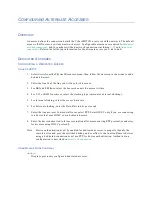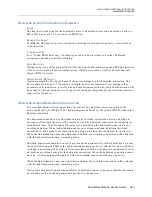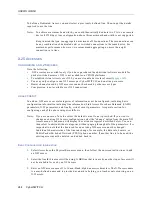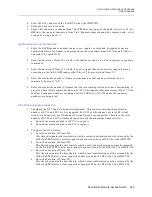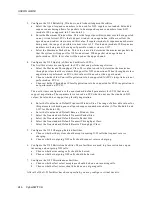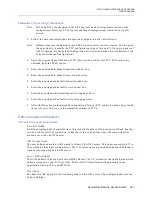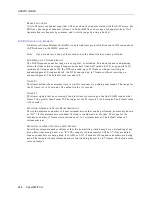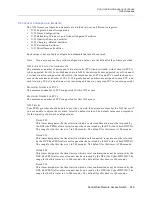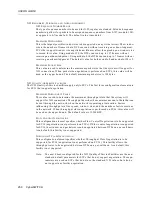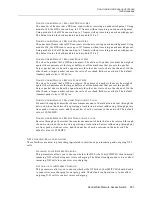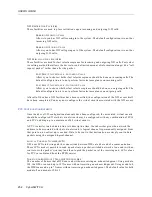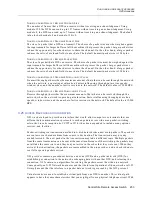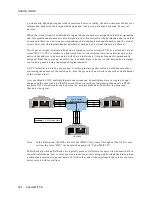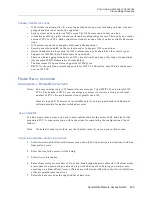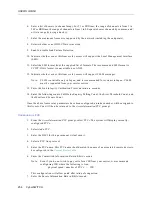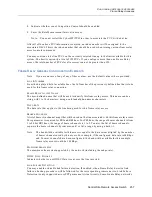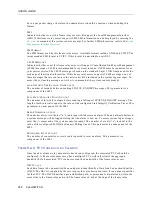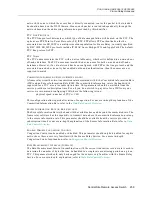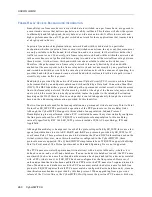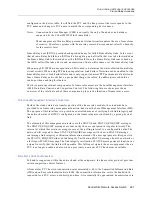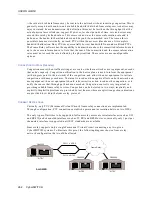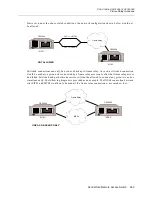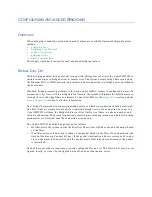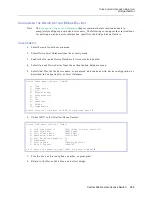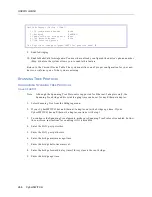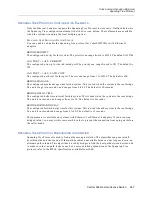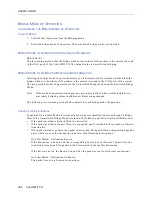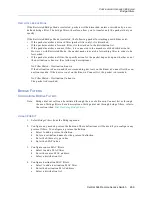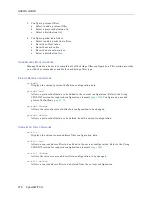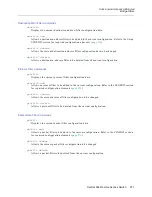
USER’S GUIDE
256 CyberSWITCH
6.
Enter a list of bearers (a channel map). For T1 or PRI lines, the range of channels is from 1 to
24.For BRI lines, the range of channels is from 1 to 2. Separate bearer channels by commas, and/
or list a range by using a dash (-).
7.
Enter the maximum frame size supported by the network (including the endpoints).
8.
Select whether or not HDLC Data is inverted.
9.
Enable/disable Link Failure Detection.
10. Indicate whether or not this frame relay access will support the Local Management Interface
(LMI).
11. Select the LMI format from the supplied list of formats. The recommended LMI format is
CCITT. If this format is unavailable, use ANSI.
12. Indicate whether or not this frame relay access will support CLLM messages.
Note:
CLLM is available only in Japan, and is recommended for systems in Japan. CLLM
must be requested from your carrier service.
13. Enter the Link Integrity Verification Timer duration in seconds.
14. Enter the following counts: Full Status Enquiry Polling Count, the Error Threshold Count, and
the Monitored Events Count.
Once the above frame relay parameters have been configured, an index number will be assigned to
this Access. You will then be returned to the Access Information/PVC prompt.
C
ONFIGURING
A
PVC
1.
From the Access Information/PVC prompt, select PVCs. The system will display currently-
configured PVCs.
2.
Select Add a PVC.
3.
Enter the DLCI for this permanent virtual circuit.
4.
Select a PVC line protocol
5.
Enter the PVC name. This PVC name should match the name of an associated remote device to
be configured in the
Current Device Table
.
6.
Enter the Committed Information Rate in Kbits/second.
Note:
Even if you do not wish to pay extra for a CIR from your carrier, we recommend
configuring CIR where the following is true:
physical speed/number of PVCs = CIR
This configuration will allow quick alleviation of congestion.
7.
Enter the Excess Information Rate in Kbits/second.

